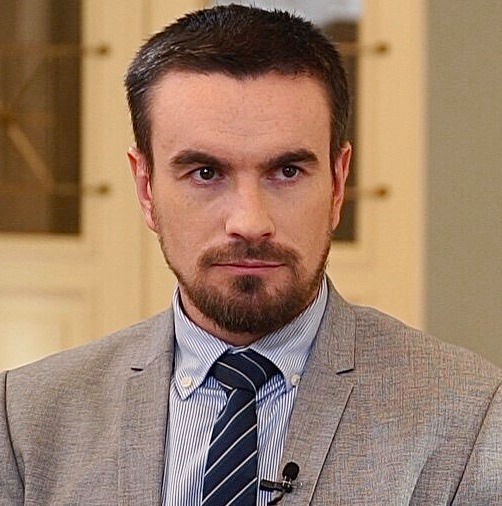We proudly present the thirtieth issue of Belarus Foreign Policy Index, in which we explore Belarus’s foreign policy in the five key dimensions in the months of January and February 2016.
Belarus and Russia opted for a wait-and-see approach towards the terms and conditions for the refinancing of the EEU loan and framework for trade engagement in 2016. Belarus’s export to Russia continued falling; in military cooperation, focus shifted from plans to establish a Russian airbase in Belarus to other formats for collaboration.
The normalization of Belarus’s relationship with the European Union reached its peak. The vigorous diplomatic efforts resulted in the lifting of most of the sanctions previously imposed against Belarus. A window of opportunity seems to have opened up in the Belarus–EU relationship for deepening and expanding the bilateral agenda.
In January and February 2016, contacts between Belarus and China slackened, and the bilateral relationship was reduced to declarations and statements of intent. The two countries mostly collaborate in the military and technical segment, as well as security.
Belarus’s engagement with all of the regions of the “developing world” became markedly less intensive, and some dimensions were erased from the map of Belarus’s foreign policy altogether. One possible reason could have been the objective need for Belarus to focus efforts on the relations with the European Union, Russia, and the United States.
Compared with previous periods under review, Belarus’s relationship with Ukraine was also marked by stagnation. Nevertheless, another “trade war” was finished, and the two countries managed to achieve important agreements regarding transit, which is a strategically important area for both Minsk and Kyiv.
Read the full text of the thirtieth issue of Belarus’ Foreign Policy Index in PDF





